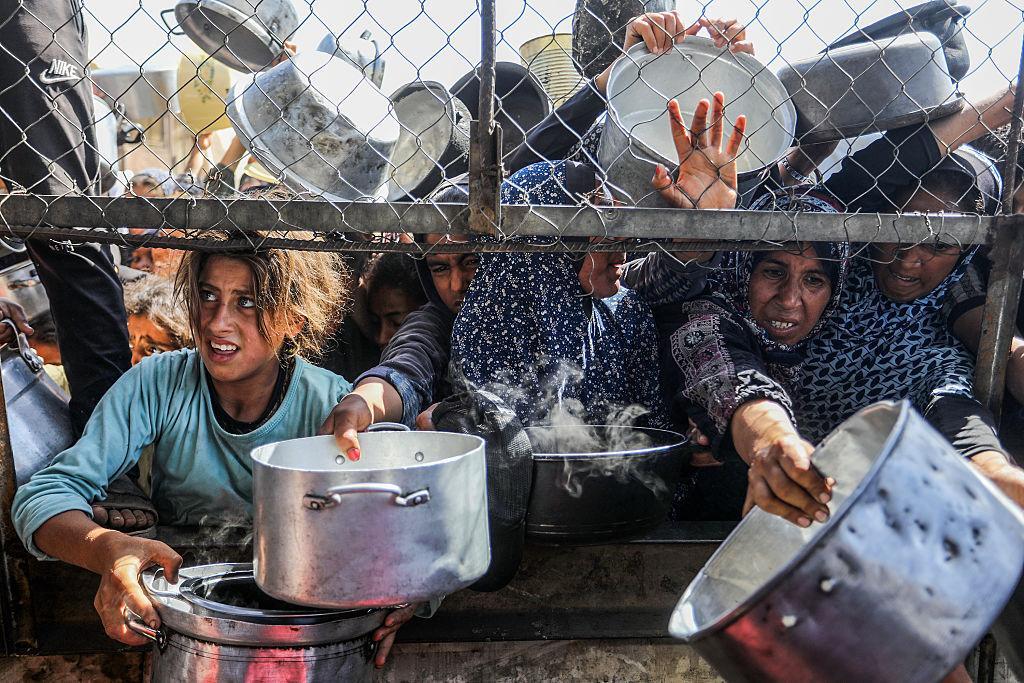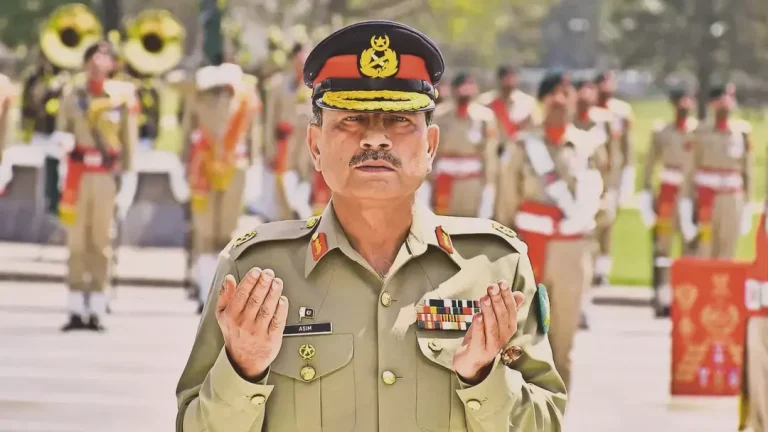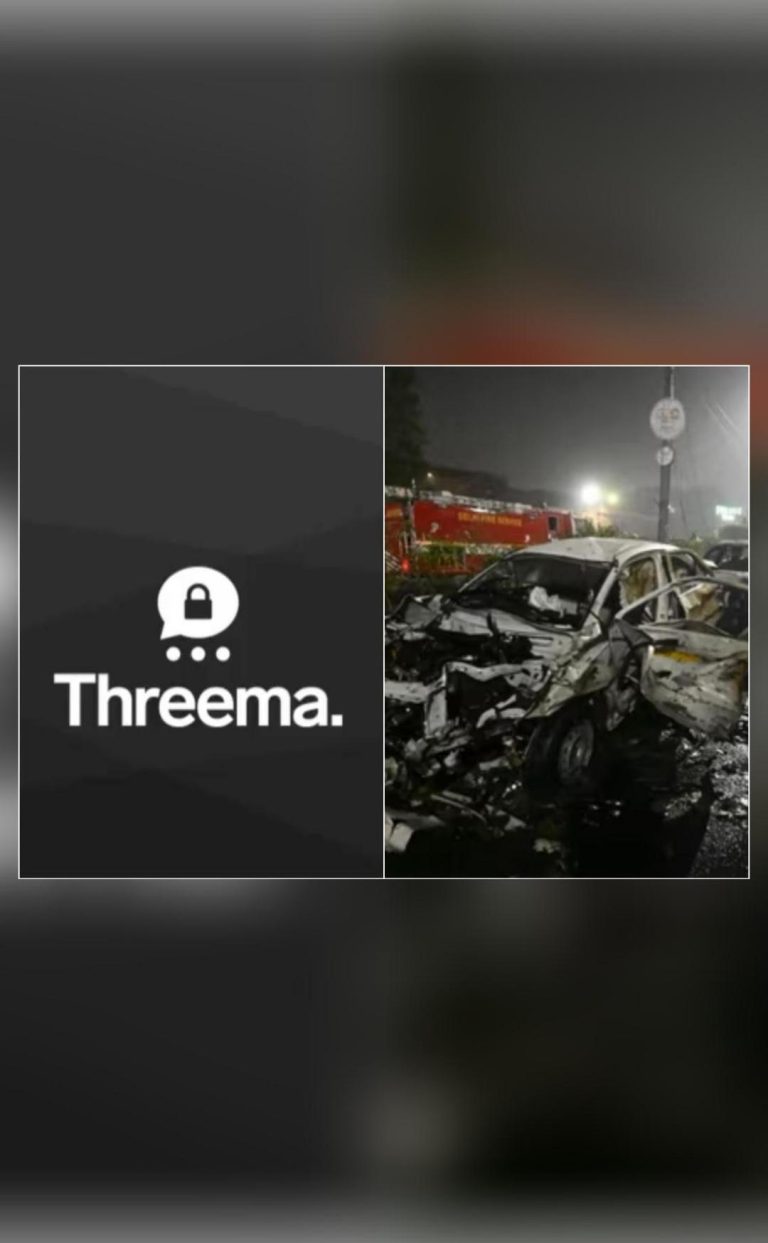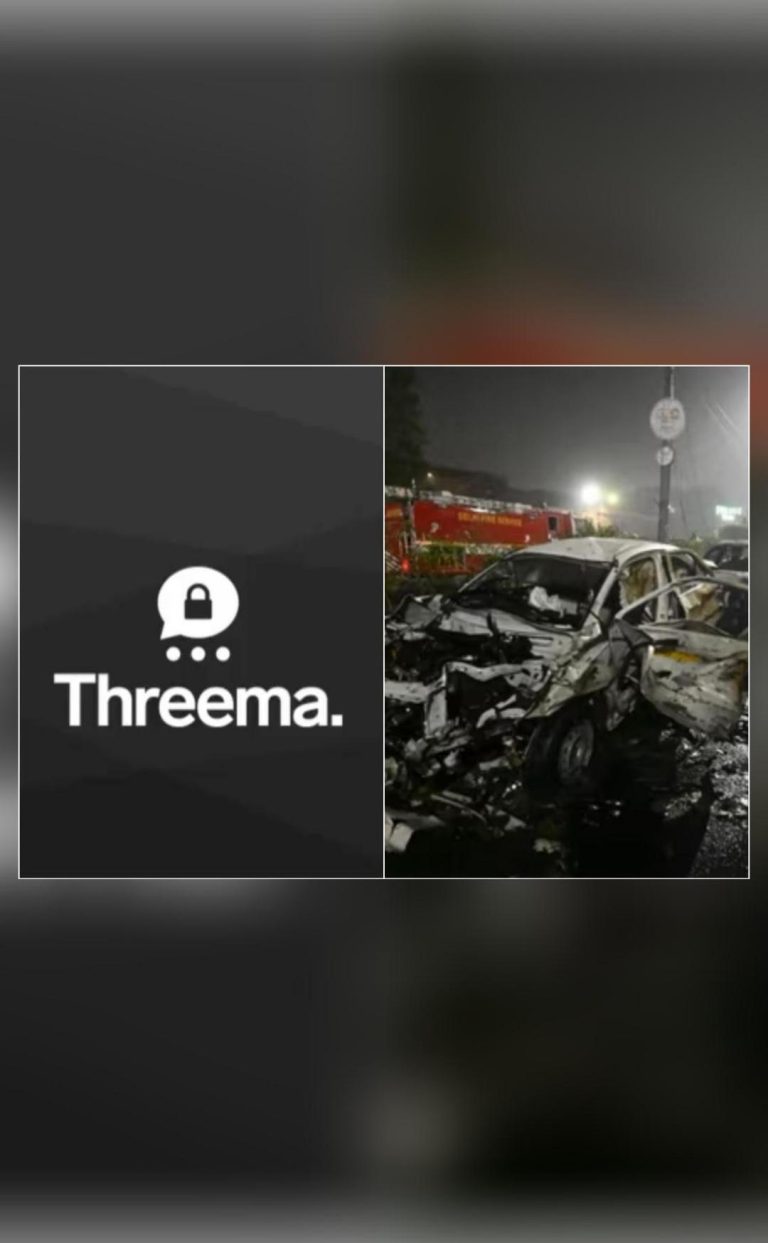
Eid in Gaza: Prayer Amid Ruins, Hunger, and Growing Humanitarian Crisis
As the Muslim world celebrated Eid al-Adha, Palestinians in Gaza struggled to find solace amidst the devastation and chaos. On June 6, 2025, the day of sacrifice, was marked by the sounds of gunfire and airstrikes, further exacerbating the humanitarian crisis in the besieged coastal strip. The ongoing conflict has resulted in the loss of over 54,000 lives, with widespread displacement and destruction of infrastructure, including mosques.
In the midst of this turmoil, residents of Gaza converged on open spaces, often in the streets, to perform their Eid prayers. The lack of functional mosques and religious institutions has forced them to adapt to this new reality. The once-thriving city of Gaza is now a sprawling, makeshift prayer ground, a testament to the resilience of its people.
However, the celebration of Eid was marred by the harsh realities of hunger and food scarcity. The United Nations has warned of an impending famine affecting nearly 500,000 people in Gaza, with limited access to clean water, healthcare, and sanitation. The situation is dire, with many families struggling to make ends meet, and the elderly and children being the hardest hit.
The humanitarian crisis in Gaza is not new, but the current situation is particularly dire. The Israeli military’s blockade of the territory has led to widespread poverty, unemployment, and food insecurity. The economic situation is further complicated by the lack of international aid and support, leaving the already fragile healthcare system on the brink of collapse.
Aid distribution remains a significant challenge in Gaza, with the escalating violence and destruction of infrastructure hindering efforts to reach those in need. The UN and other humanitarian organizations have been working tirelessly to deliver aid, but the situation is complex, and the needs are immense.
The people of Gaza are facing a double-edged sword – the ongoing conflict and the devastating humanitarian crisis. They are caught in a cycle of violence, displacement, and poverty, with little respite in sight. The world has largely turned a blind eye to their plight, leaving them to face the harsh realities of war and occupation alone.
Despite the challenges, the people of Gaza continue to find ways to celebrate their faith and traditions. Eid al-Adha, a holiday that symbolizes sacrifice and compassion, takes on a new meaning in the face of adversity. It is a reminder that even in the darkest of times, there is always hope and a sense of community.
As the international community continues to grapple with the complexities of the Israeli-Palestinian conflict, it is imperative that we not forget the people of Gaza. They are not just statistics or headlines; they are human beings, deserving of dignity, respect, and aid.
As we reflect on the Eid celebrations in Gaza, we are reminded of the power of faith and resilience in the face of adversity. The people of Gaza may have lost their homes, their livelihoods, and their sense of security, but they have not lost their sense of hope and humanity. As we move forward, it is our responsibility to ensure that their voices are heard and their needs are met.
In conclusion, Eid al-Adha in Gaza serves as a poignant reminder of the ongoing humanitarian crisis in the region. As we celebrate our own holidays and traditions, let us not forget the people of Gaza, who are struggling to survive in the midst of war and occupation. Let us work towards a future where they can live in peace, dignity, and security, free from the constraints of blockade and violence.
Source:
https://thecsrjournal.in/eid-al-adha-in-gaza-faith-endures-amid-devastation-and-food-shortages/






